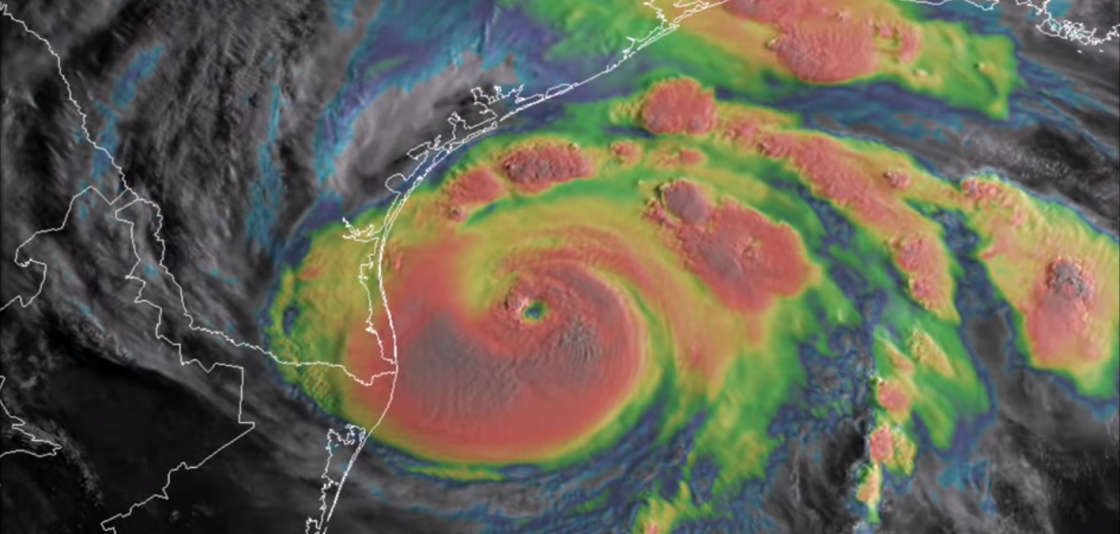May 24, 2018 NOAA’s Climate Prediction Center is forecasting a 75-percent chance that the 2018 Atlantic hurricane season will be near- or above-normal.
Forecasters predict a 35 percent chance of an above-normal season, a 40 percent chance of a near-normal season, and a 25 percent chance of a below-normal season for the upcoming hurricane season, which extends from June 1 to November 30.
“With the advances made in hardware and computing over the course of the last year, the ability of NOAA scientists to both predict the path of storms and warn Americans who may find themselves in harm’s way is unprecedented,” said Secretary of Commerce Wilbur Ross. “The devastating hurricane season of 2017 demonstrated the necessity for prompt and accurate hurricane forecasts.”
NOAA’s forecasters predict a 70-percent likelihood of 10 to 16 named storms (winds of 39 mph or higher), of which 5 to 9 could become hurricanes (winds of 74 mph or higher), including 1 to 4 major hurricanes (category 3, 4 or 5; with winds of 111 mph or higher). An average hurricane season produces 12 named storms, of which 6 become hurricanes, including 3 major hurricanes.
The possibility of a weak El Nino developing, along with near-average sea surface temperatures across the tropical Atlantic Ocean and Caribbean Sea, are two of the factors driving this outlook. These factors are set upon a backdrop of atmospheric and oceanic conditions that are conducive to hurricane development and have been producing stronger Atlantic hurricane seasons since 1995.
“NOAA’s observational and modeling enhancements for the 2018 season put us on the path to deliver the world’s best regional and global weather models,” said Neil Jacobs, Ph.D., assistant secretary of commerce for environmental observation and prediction. “These upgrades are key to improving hurricane track and intensity forecasts, allowing NOAA to deliver the best science and service to the nation.”
READ MORE AT Noaa.gov

